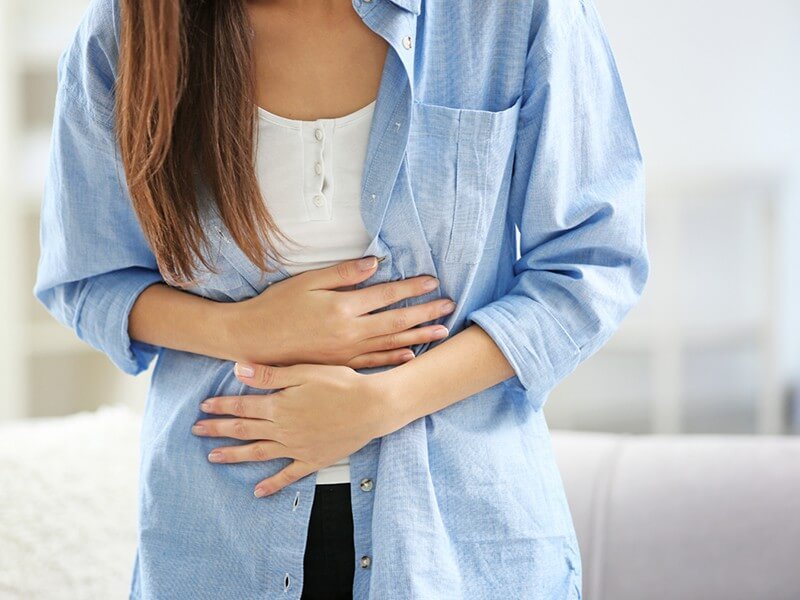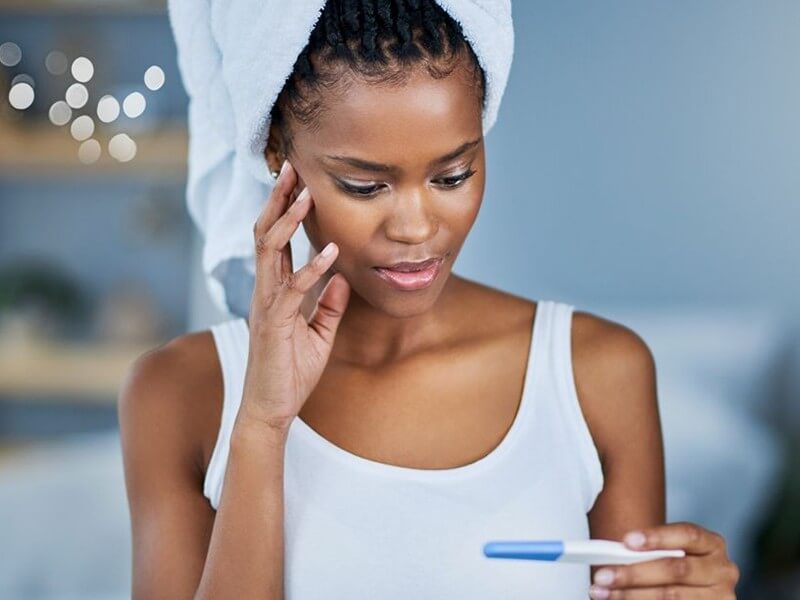Endometriosis

Today medicine knows a lot of diseases of the female reproductive system. One of these is endometriosis. Let’s take a look at what kind of disease it is, its causes, symptoms and treatment.
The endometrium is the mucous membrane that lines the entire internal cavity of the uterus. The main function of this layer is to create conditions for the implantation of a fertilized egg into the wall of the uterus. Therefore, every month before ovulation, it grows and if there was no fertilization, then during periods its functional layer comes out.
Endometriosis is a gynecological benign, usually chronic disease with frequent relapses. It develops against the background of disorders of immune and hormonal processes in a woman’s body. It is showed by the proliferation of endometrial cells beyond its normal location. It can grow into the thickness of the uterus, spread to the fallopian tubes, ovaries, bladder and other organs that are near the uterus.
Endometriosis is classified into:
- Genital – spreads within the internal genital organs (uterus, fallopian tubes, ovaries and vagina).
- Extragenital – the endometrium grows into the bladder, intestines and other organs.
It is also divided into degrees, depending on the lesion:
- I degree – lonely, superficial lesions.
- II degree – a small number of shallow formations (does not go beyond the muscular layer of the uterus)
- III degree – many foci that spread deep into the wall of the uterus, and endometrioid cysts grow on the ovaries.
- IV degree – a large number of foci that grow deep into the uterus, bilateral endometrioid cysts, dense adhesions of organs are formed.
Why does endometriosis occur?
For today, the main cause of endometriosis is unknown to doctors and research is still underway to answer this question. There are several factors that contribute to the development of this disease. Genetic predisposition, immunological problems, infectious diseases, endocrine disorders and living conditions.
Therefore, the risk groups in the development of endometriosis are the following categories:
- Women in the family who are often diagnosed with endometriosis.
- Menstrual disorder, more often against the background of hormonal disruption.
- Other endocrine disorders.
- Immunodeficiencies of various origins.
- Overweight girls.
- Surgical interventions on the uterus.
- Women who have had frequent abortions and miscarriages.
- Stressful situations may provoke the appearance or exacerbation of endometriosis.
Endometriosis symptoms
Signs of endometriosis can vary. They appear depending on the localization of the focus.
But there are main symptoms, which appear in all forms:
- Pain in the pelvis and lower abdomen. It is characterized by a periodic increase in pain during menstruation, which passes after them.
- Prolongation of menstruation and increased bleeding during menstruation.
- Severe pain during intercourse.
- Vaginal discharge, smearing character. Usually dark brown in color, lasting several days after menses.
- Infertility.
Often, during early stages, it can proceed without severe symptoms and the woman may not even suspect the disease. And complains about infertility.
How is endometriosis diagnosed?
The collection of complaints and a detailed medical history play an important role in the diagnosis of endometriosis. The doctor asks about menstruation, pain, discharge, and other. After that, he proceeds to the examination and at the same time takes an analysis for histology to identify abnormal endometrial cells. Also, a woman takes a blood test to determine sex hormones.
The instrumental methods for diagnosing genital endometriosis include hysteroscopy, as an opportunity to visualize the internal cavity of the uterus and colposcopy. If the doctor suspects extragenital endometriosis, then he can use ultrasound, CT, MRT and diagnostic laparoscopy – this is a minimally invasive operation, during which the doctor can see foci of lesions of internal organs, such as the bladder, intestines and others.
Diagnosis of endometriosis is sometimes a difficult and time-consuming process. This is due to the involvement of a large number of organs in the process.
What is the treatment for endometriosis?
It depends on its degree of damage and the type. And in turn, it is divided into conservative and surgical.
Conservative
With endometriosis, there is a very pronounced pain syndrome during menstruation, which brings discomfort. Therefore, a woman is prescribed non-steroidal anti-inflammatory drugs that relieve pain.
Doctors use hormone therapy, which includes various medications: combined oral contraceptives, progesterone drugs, gonadotropin-releasing hormone agonists. If a woman has concomitant endocrine disorders, other hormones may also be used.
Surgical
For effective treatment, you need to adjust the immune system, so the doctor prescribes vitamins and immunotherapy.
Sedatives are also prescribed to regulate the nervous system and relieve emotional stress.
With the help of surgical methods of treatment, foci of endometriosis, endometrioid cysts are removed.
These methods include:
- Laparoscopy. This method allows you to remove even the smallest benign conditions in hard-to-reach places.
- Laparotomy. They are used for large process areas.
- Laser or electrocoagulation. They simply cauterize foci, thus destroying them and preventing them from spreading.
But even after surgical treatment, the doctor prescribes drug therapy in order to maintain the woman’s body and prevent early relapse.
For successful and complete treatment, a woman must change her lifestyle. Spend more time in the fresh air, exclude physical activity. Limit harmful factors: chemical, physical or radiation. Eat healthy foods and natural vitamins. Drink enough of fluids.
Prevention of endometriosis
In order to prevent the onset or recurrence of endometriosis, you need to adhere to the following rules:
- Preventive examinations by a gynecologist, at least once a year. And after 45 years, 2 times a year.
- If a woman is at risk, control her hormonal balance.
- Timely treatment of any disorders or diseases of the reproductive system.
- Keep a healthy lifestyle.
- Pregnancy also helps to avoid endometriosis.
Be attentive to your body and health, and if you have the slightest problems, contact your doctor. This often helps to start early treatment on time and without complications. Remember, finding a disease on time is a big step towards solving it. And if you have been for a long time at a doctor’s examination, we recommend making an appointment right now.

